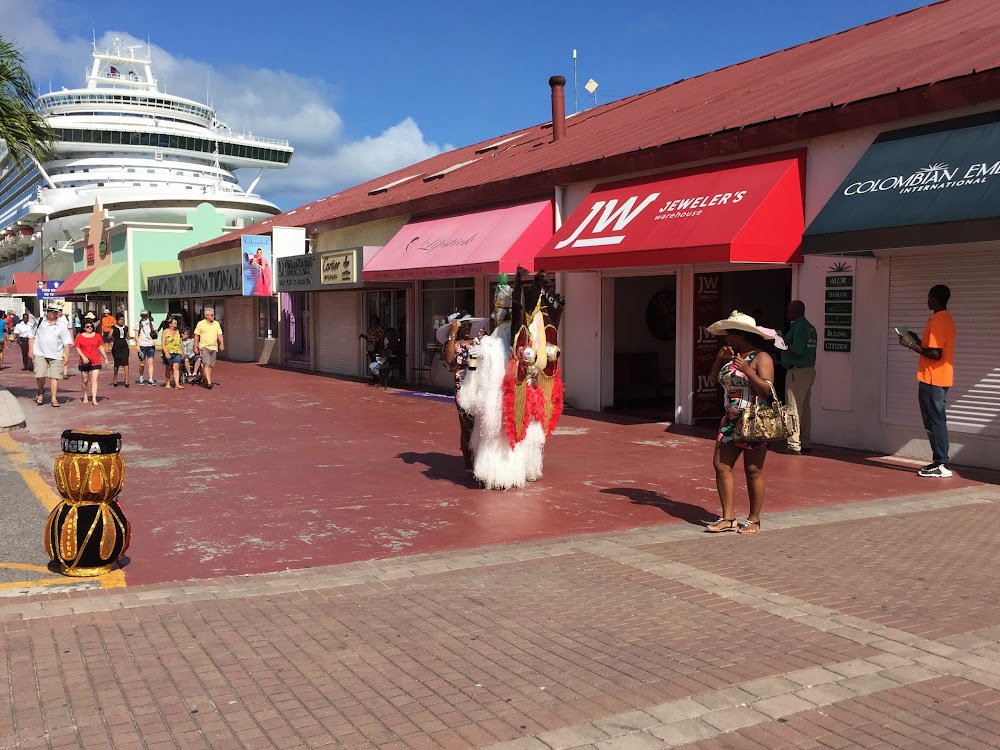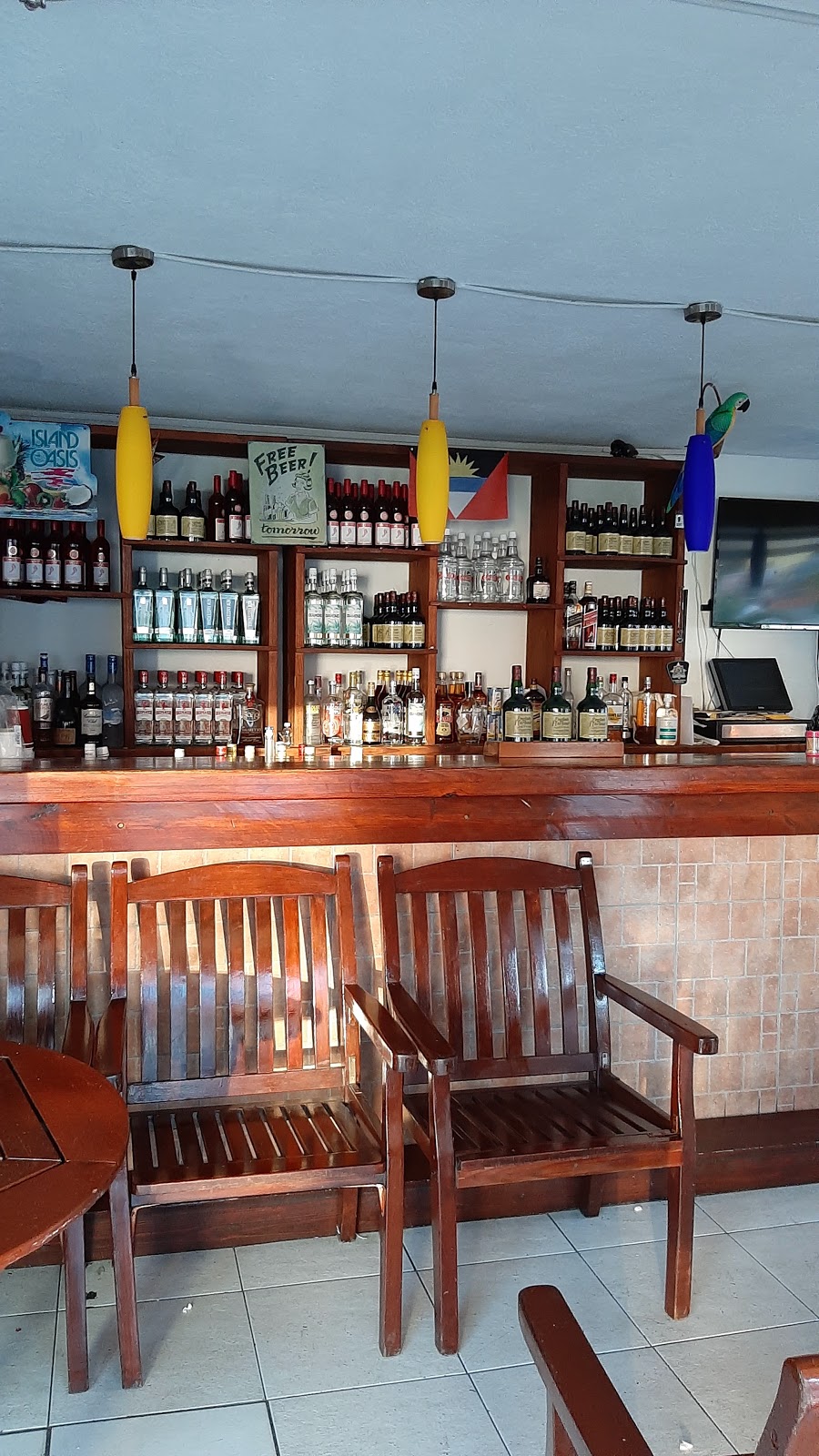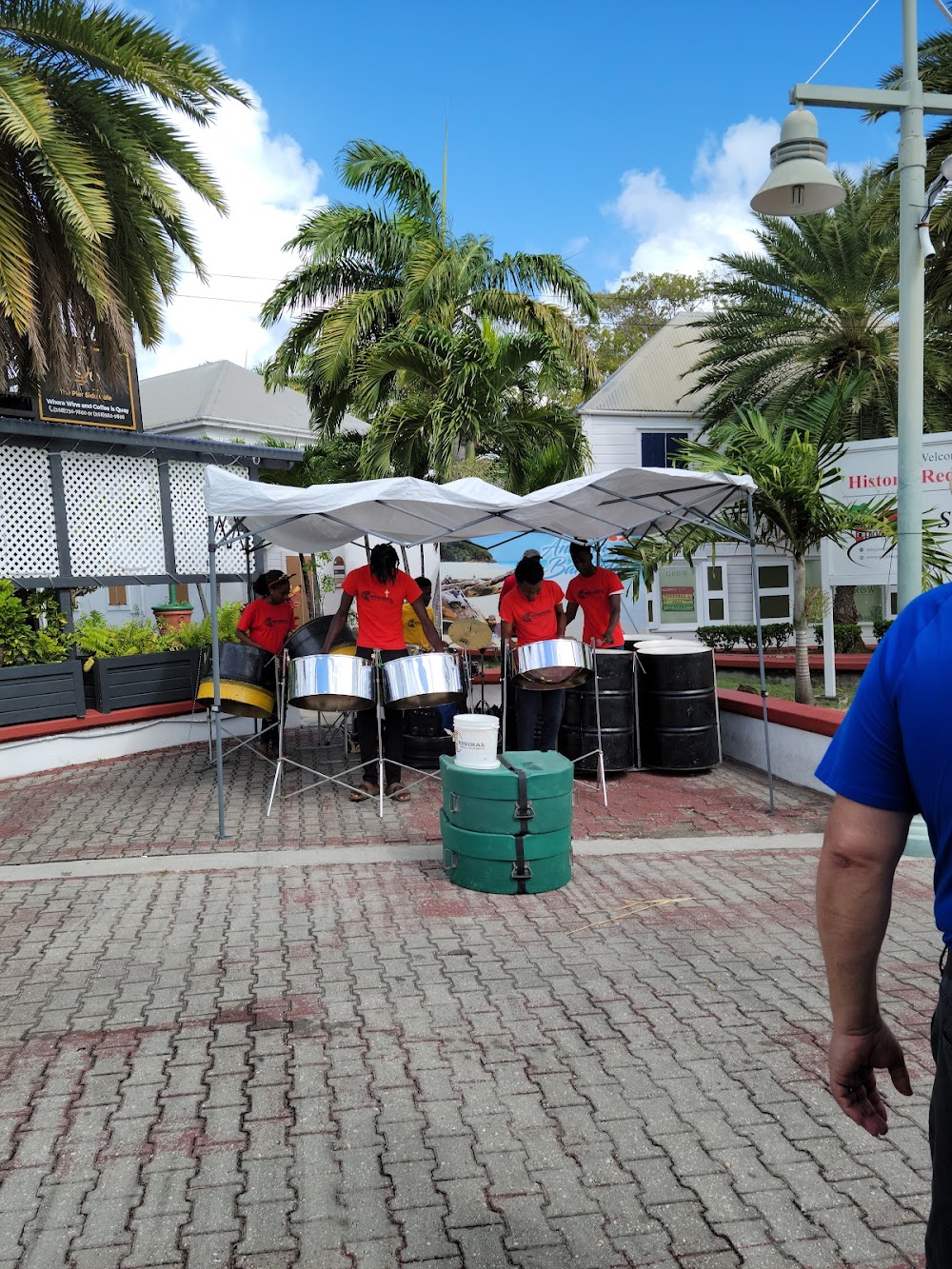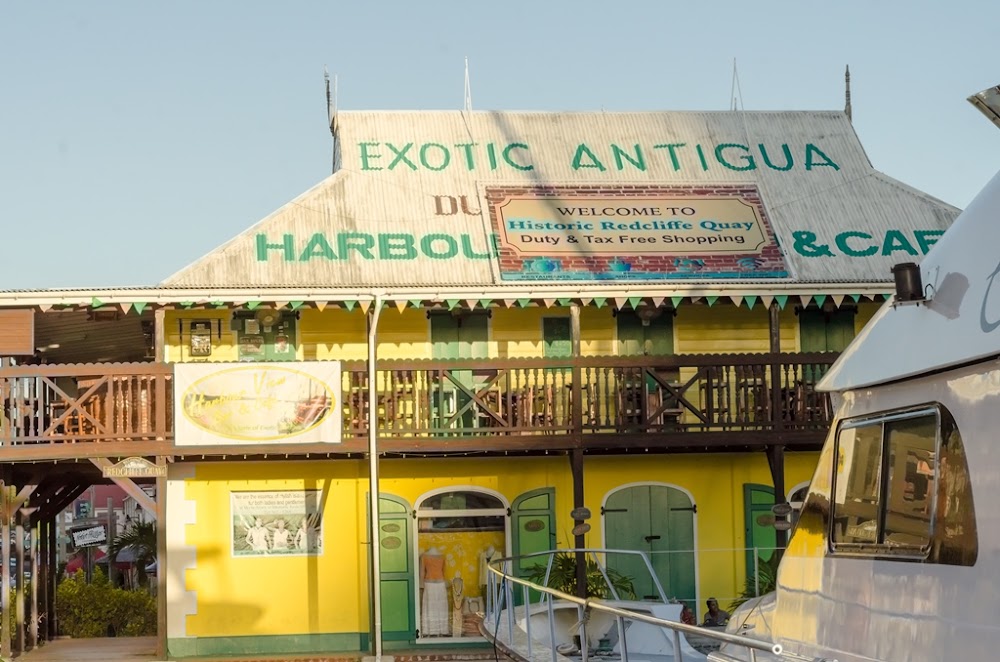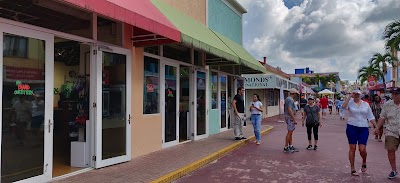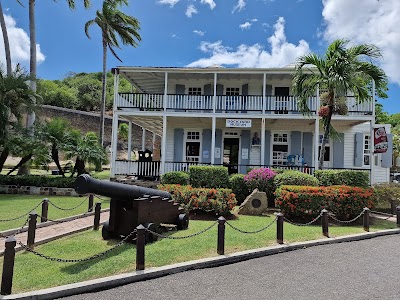Redcliffe Quay (Redcliffe Quay)
Overview
Discovering Redcliffe Quay: A Glimpse into Antigua and Barbuda’s History
Redcliffe Quay, situated in Saint John’s, the capital of Antigua and Barbuda, is a captivating destination where history and culture converge. This scenic waterfront area, once a bustling trading hub in the colonial era, has evolved into a lively commercial and recreational hotspot, inviting visitors to explore its rich heritage and vibrant atmosphere.
The history of Redcliffe Quay traces back to the early 19th century when Saint John’s was a thriving port town. Recognizing its strategic trading potential, colonial settlers constructed the quay using locally sourced limestone, which was abundant on the island. These limestone blocks were carefully quarried, cut, and transported by oxen-drawn carts, showcasing the resourcefulness of the early settlers.
In its early days, Redcliffe Quay functioned as a vital commercial center where goods like sugar, molasses, and rum were loaded onto ships for export. Antigua's flourishing sugar plantations fueled the rapid growth of this sector, positioning Redcliffe Quay as a critical juncture along trade routes. The area bustled with activity, filled with warehouses, stores, and wharves that catered to merchants, sailors, and laborers alike.
As the 19th century progressed, Redcliffe Quay continued to thrive. The area boasts stunning architecture that reflects a blend of Georgian and colonial influences, with buildings featuring thick stone walls, wooden shutters, and inviting verandas designed to withstand the tropical climate. Many structures showcase arches and ornate ironwork, embodying a unique fusion of European styles and Caribbean charm.
However, the mid-20th century brought challenges as global competition and changing economic circumstances led to a decline in sugar production. Fortunately, the historic significance of Redcliffe Quay was soon recognized, prompting a major restoration project in the 1980s aimed at preserving its integrity while revitalizing the area for contemporary use.
This ambitious restoration was a collaborative effort involving local artisans, architects, and historians, all dedicated to maintaining the authenticity of the original buildings. The limestone walls were meticulously cleaned, wooden shutters refurbished, and the old wharves reconstructed using historically accurate methods. Modern amenities were introduced discreetly, ensuring the old-world charm remained intact while meeting contemporary standards.
Today, Redcliffe Quay is a vibrant hub that showcases the essence of Antiguan culture and history. Quaint boutiques, art galleries, restaurants, and cafes come together to create an inviting atmosphere where visitors can immerse themselves in local traditions. Old warehouses now house unique shops selling locally crafted goods, jewelry, and clothing, while cultural events and markets attract both locals and tourists.
Strolling through Redcliffe Quay provides an enchanting glimpse into the past, with cobblestone pathways winding along the serene waterfront. The beautifully preserved architecture serves as a stunning backdrop for modern-day activities, illustrating the successful balance of historical preservation and contemporary revitalization.
In essence, Redcliffe Quay is more than a shopping and dining destination; it is a cultural landmark that embodies the spirit of Antigua and Barbuda’s colonial history and economic evolution. Through meticulous restoration and adaptive reuse, Redcliffe Quay remains a cherished part of Saint John’s, welcoming visitors to explore its storied past while enjoying the lively ambiance of today.


